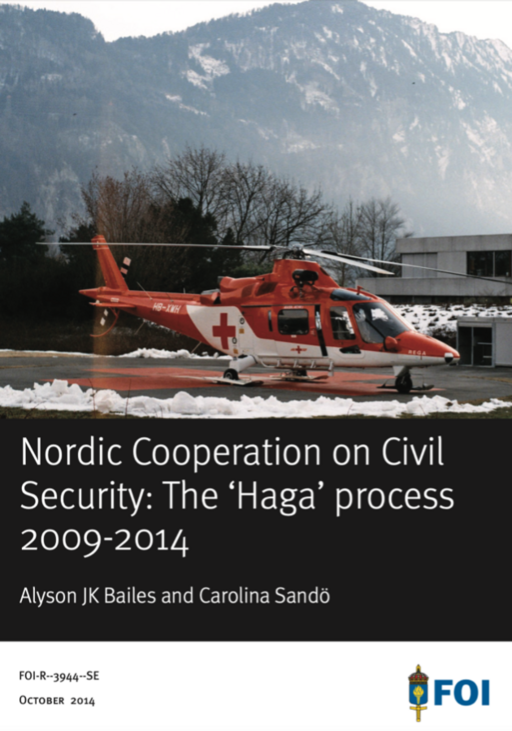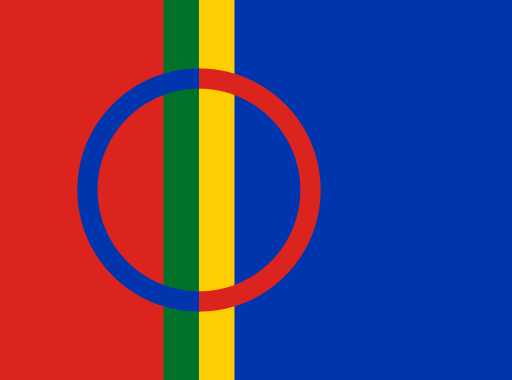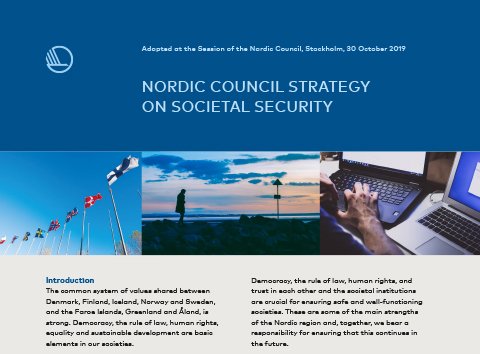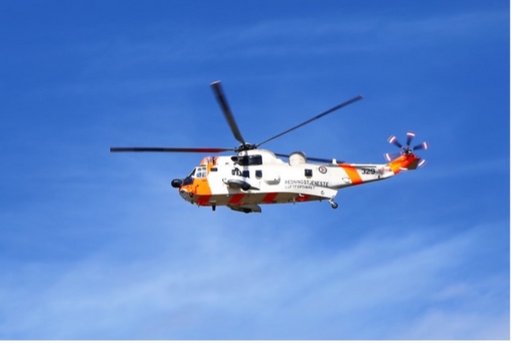The many faces of Nordic civil security cooperation
The Nordic countries collaborate around civil security in order to try to prevent and deal with disasters, accidents, crises and emergencies caused by people, nature, industries or technology. Many Nordic politicians see civil security not only as a question of national importance, but as part of a “borderless” Nordic society.
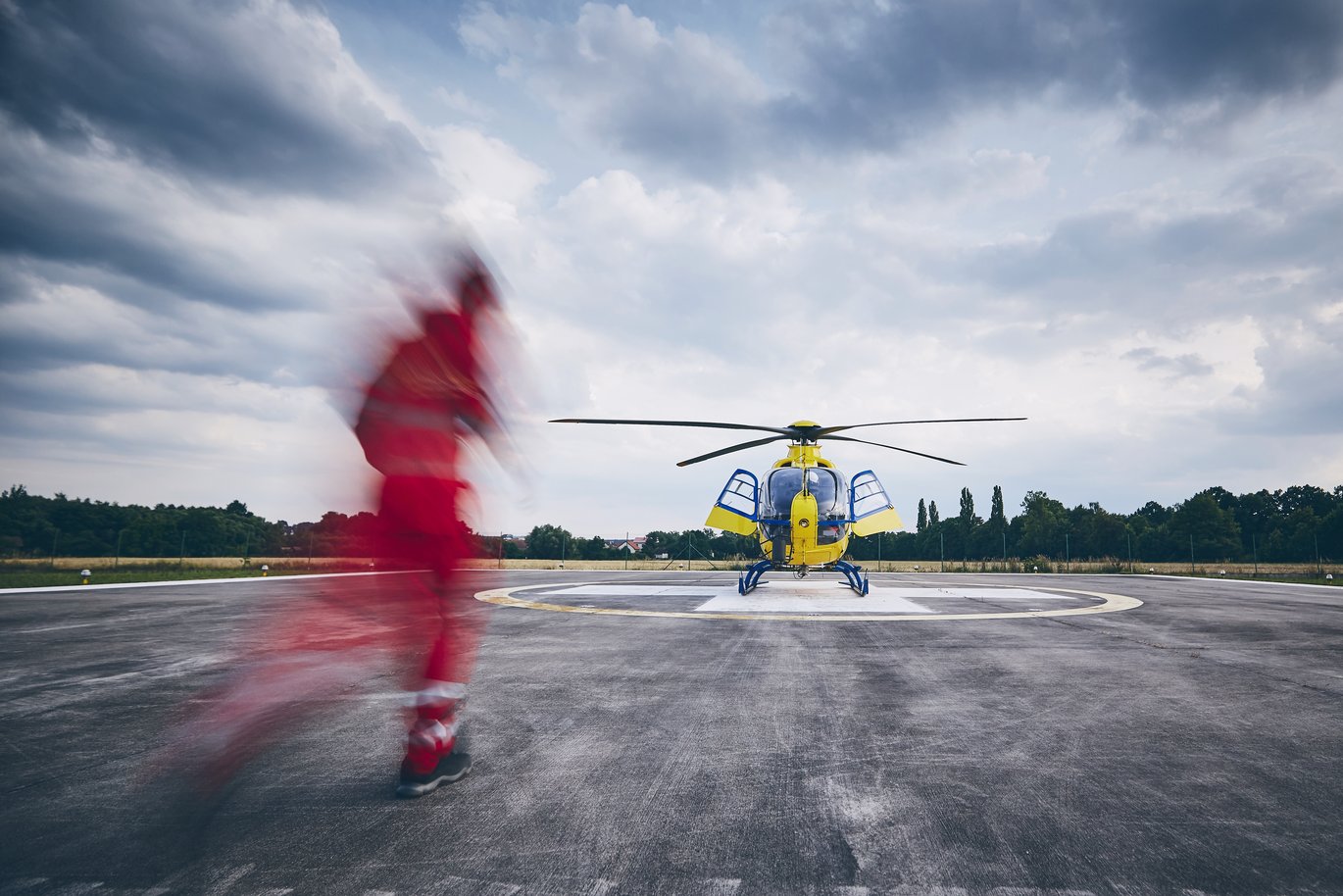
The objectives of the Nordic countries working together on civil security - both ideologically and practically - are set out in several declarations and agreements. Cooperation between Nordic rescue and health services began in the early 2000s. The Haga process started in 2009 and, in 2019, the Nordic Council attempted to provide a more coherent approach, bringing the different strands of Nordic civil security preparedness together under its Strategy on Societal Security. The acitivities of multinational institutions, such as the NATO and the EU, are carried out in parallel.
Unlike Nordic defense cooperation, civil security has received little attention by the media and the public. Nevertheless, civil security is equally – if not more – important; not only is it a central task for every state, it is arguably more likely to be needed given the greater likelihood of civil emergencies. Here is an overview of the key developments in civil security in the Nordics in recent years:
The Haga Process
The Haga process is the most important civil security cooperation program between the Nordic countries. In the 2000s, the common Nordic political discourse started to focus more on borderless Norden and softer security policies. The first Haga declaration, Haga I, was drafted at a ministerial meeting between the five Nordic countries in Stockholm in 2009. Haga I proposed to deepen cooperation between Nordic rescue services by increasing the number of intra-Nordic civil security exercises and training, improving chemical, biological, radiological and nuclear preparedness (CBRN), crisis communication, volunteer work, as well as research and development on Nordic civil security cooperation.
Sweden was the most enthusiastic supporter of the Haga process because Swedish preparedness for major catastrophes had earlier been found insufficient. For example, during the 2004 Tsunami in the Indian Ocean, in which 543 Swedish citizens lost their lives, and a subsequent winter storm in the South of Sweden.
Redifining Nordic security cooperation?
At the same time as Haga I, the Stoltenberg report came out in 2009 written by a former foreign minister of Norway, Thorvald Stoltenberg. The report attempted to strengthen Nordic defense and security cooperation in a challenging context where Nordic states were cutting their defense budgets despite rising costs, and the wider geopolitical considerations, like the scramble for the Arctic. There is an emphasis both in the Stoltenberg report and Haga I on strengthening Nordic cooperation as well as looking at non-military and softer types of defense and civil security policies – an attempt, in short, to redefine Nordic security cooperation.
In 2013, the Haga process continued with a second declaration, Haga II. Its main aims were to further develop Nordic integration, continue to advance the principles set out in Haga I, and to increase overall Nordic preparedness to prevent and act in response to natural disasters, societal crises or major accidents. However, the Haga process could be criticised for failing to provide a clear strategy for development in practical terms and for only being a statement of intent. While this criticism seems legitimate, the way Haga II envisions a “borderless” Norden may prove more useful in the future if the demand for civil security missions and emergencies increase; climate change may lead to more forest fires, for instance.
The Haga process is coordinated by Nordic ministries that are in charge of their country’s civil security policy and they meet annually: In Denmark and Sweden the task is up to the Minister of Defense; in Finland and Iceland, the Haga Process is supervised by the Minister of Interior; and in Norway, by the Minister of Justice and Public Security. The autonomous Nordic regions, the Åland Islands, the Faroe Islands and Greenland, do not have a representative in the Haga negotiations.
Recent developments of the Haga Process
In recent years, the Nordic countries have published suggestions, analyses and briefings about the on-going Haga cooperation, both together and separately, and mainly as part of the revolving leadership of the Nordic Council. The 2017 Haga working group, for example, discussed the exchange of information between Nordic civil security actors and their preparedness for hybrid threats, terrorist attacks and climate change. The Swedish Civil Contingencies Agency published an in-depth investigation on the Haga Process after Sweden's 2018 Nordic Council Presidency which promoted deeper cooperation in civil security matters. In 2019, Norway focused on forest fires, emergency communications and CBRN emergencies. At the Haga ministerial meeting at the end of Denmark’s 2020 Nordic Council Presidency, the Haga ministers promoted deeper Haga cooperation in the case of the Covid-19 crisis. The plan of the Finnish 2021 Presidency also mentions the importance of civil preparedness, especially in the context of a pandemic situation.
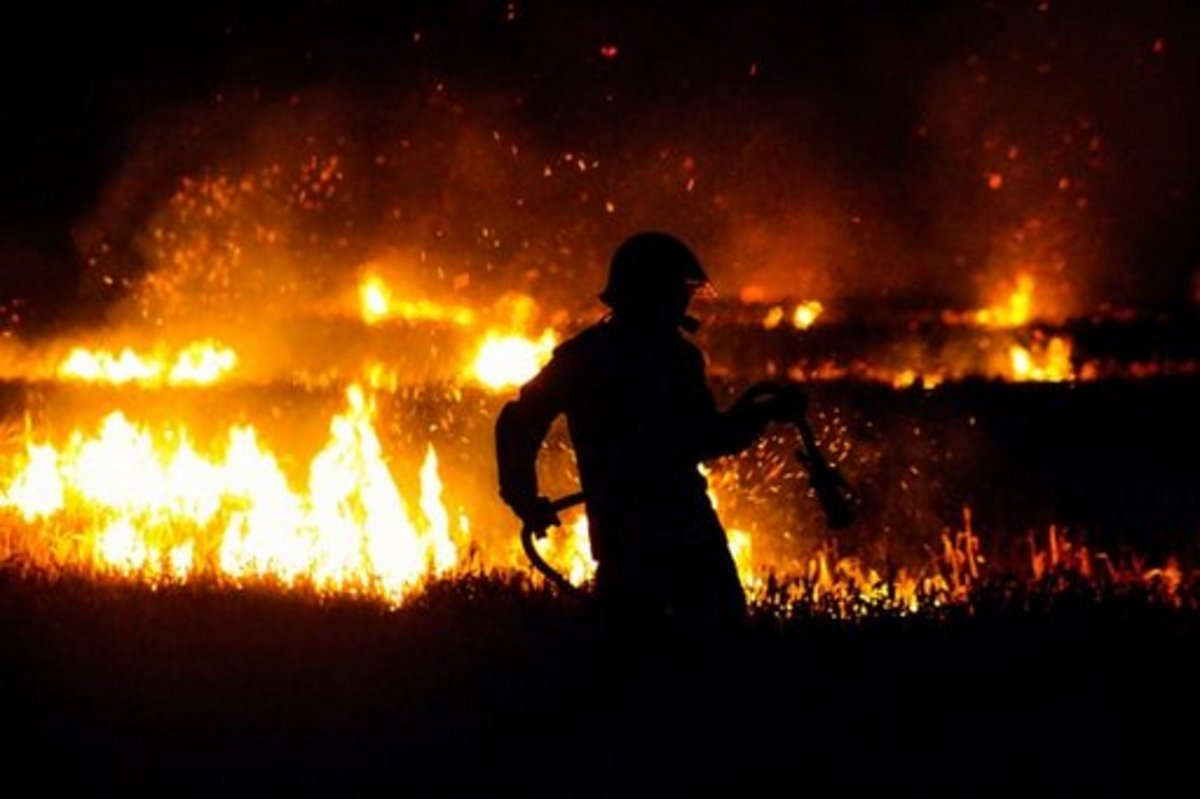
Nordic fire, health and emergency services cooperation
NORDRED: rescue services cooperation
The NORDRED cooperation covers joint Nordic rescue and fire services for emergencies in times of peace. It was initiated by Norway and Denmark in 1989. Finland and Sweden joined in 1992, and Iceland in 2001. The NORDRED agreement was established because the Nordic countries wanted to increase their readiness for cross-border disasters and accidents that may affect people, property or the environment. In a crisis situation, a state can make a direct request to another Nordic state and that state is obliged to help, if at all possible. One of the motives is to smoothen the cross-border transportation of rescue services, equipment and personnel. The agreement also requires the Nordic rescue services to share information and ensure communication between officials. In 2017, Denmark supported deeper cooperation and suggested a Nordic handbook on rescue services.
Nordhels a.k.a. ‘the Svalbard group’
Nordhels is a Nordic public health preparedness agreement between the five Nordic states and the three Nordic autonomous regions, Greenland, the Åland Islands and the Faroe Islands. It was signed in 2002. The agreement’s goal is to supplement NORDRED and other bi- or multilateral agreements that do not take public health into account, and to ensure that principles of cooperation also apply to Nordic health care officials and services.
Activities are organized by country representatives that form the Svalbard Group. Nordhels addresses similar issues to NORDRED and the Haga process, such as preparedness for crises and conflict situations, including natural catastrophes, radioactive radiation and dealing with the effects of biological and chemical accidents or terrorist acts. Similar to the NORDRED agreement, Nordhels involves cross-border assistance, exchange of information and deeper cooperation between relevant officials and actors, that is, the health ministries. The President of the Nordic Council of Ministers is in charge of organizing the health ministers’ meetings regularly.
Northern Health Across Borders: ambulance and pre-hospital services in Northern Scandinavia
The northernmost healthcare authorities of Finland, Sweden and Norway participate in an agreement called Northern Health Across Borders that was initiated in 2008. The areas in the North are scarcely populated and hospitals are widely dispersed, which means that patients have, by and large, worse facilities than those who live further south.
The cross-border cooperation between the Nordic health care authorities helps to ensure the proper health and medical care for those that live in rural areas and the agreement puts emphasis on the healthcare of the Sámi people and “other national minorities.” If a national emergency unit is unavailable, an ambulance from a partner country can be sent instead. However, the cooperation has been under strain due to a severe imbalance in the number of missions. For example, Norway carries out more missions because they have a more concentrated infrastructure in northern areas of Scandinavia than Finland, for example. (For more on this, see Tom Schwarzenberg's “Negotiating invisible lines: Cross-border emergency care in the rural north of Scandinavia” from 2019). The ambulance staff on the ground often consider it their moral duty to help others in need irrespective of national borders, and Northern Health Across Borders is both a way to cope with the realities of the far north and a rational solution to ensure the health of Nordic citizens. A joint secretariat is based on Luleå in Sweden.
The West Nordic Air Ambulance Services
Iceland, Greenland and the Faroe Islands have deepened western Nordic cooperation by developing an air ambulance system. The distances for people to get to health care services are even greater than in scarcely populated Northern Scandinavia, and care of critically ill or injured patients is complicated. The air ambulance system evacuates about a thousand patients yearly between Greenland, Iceland, the Faroe Islands and across the Atlantic to other hospitals. (For more on this, see Björn Gunnarson et al’s article from 2015 ‘Air ambulance and hospital services for critically ill and injured in Greenland, Iceland and the Faroe Islands: how can we improve?’ in the International Journal of Circumpolar Health).
Nordic Emergency Communications
The emergency communication services of Sweden, Finland and Norway are inter-connected which helps the health, law, security and emergency services to communicate with each other in the case of a cross-border emergency. In 2019, the Nordic Council suggested that the communication systems of Denmark and Iceland should be integrated as soon as possible to advance the realization of a “borderless” Nordic region.
The Nordic Council’s strategy to develop Nordic civil security
The Nordic Council Strategy on Societal Security was adopted in 2019 and links all the previous civil security agreements to the fundamental Nordic values of democracy, human rights, equality, sustainability and the rule of law. The Nordic Council agreed that the Nordic countries face similar threats and risks that may require cross-border cooperation. In the strategy, the Nordic Council calls for greater cooperation within civil security and emergency planning by clarifying the role of the existing forms of cooperation, such as Nordhels, the Haga Process and the Svalbard Group, and developing more systematic collaboration between, for example, Nordic police forces.
Nordic Civil Security cooperation with the EU and the NATO
Despite not all of them being members of the EU or NATO, each of the Nordic countries is heavily involved in the EU’s Civil Protection Mechanism as well as NATO’s civil preparedness program. Cooperation with these supranational institutions helps the Nordic countries to tackle civil security issues, such as terrorism and international crime, on an international scale together with other states. For example, the EU’s Civil Protection Mechanism was crucial in extinguishing the Swedish forest fires in 2018 as firefighters and equipment arrived from Estonia, Poland, France, Germany, Finland and several other European countries. Under the NATO framework, participating states are committed to meeting certain benchmarks that assess the society’s preparedness in a civil crisis situation. The Nordic countries form a Nordic Cooperation Forum that participates in rescue and emergency preparedness meetings in Brussels twice a year. This helps make the voice of the Nordics heard in this topical area, as well as being a way of exchanging information with both the EU and NATO civil security forums.
Further reading:
- Alyson JK Bailes and Carolina Sandö, ‘Nordic Cooperation on Civil Security: The ‘Haga’ Process 2009-2014’ (Centre for Small State Studies at the University of Iceland and The Swedish Defense Research Agency [Totalförsvarets forskningsinstitut], 2014).
- Björn Gunnarson, Niels S Kieler Jensen, Tummas i Garði, Helga Harðardottir, Lilja Stefansdottir and Marıa Heimisdottir, ”Air ambulance and hospital services for critically ill and injured in Greenland, Iceland and the Faroe Islands: how can we improve?” International Journal of Circumpolar Health, 74, no 1 (2015).
- Johan Strang, ed., Nordic Cooperation: A European region in transition (Routledge, 2017).
- Tom Schwarzenberg, “Negotiating invisible lines: Cross-border emergency care in the rural north of Scandinavia;” Norwegian Journal of Geography, 73, 3 (2019), pp. 139-155.
- Rikard Bengtsson, “Nordic Security and Defence Cooperation: Differentiated Integration in Uncertain Times,” Politics and Governance, 8, 4 (2020), pp. 100-109.
Links:
- Haga I (In Swedish – For an unofficial translation see page 57 of Alyson JK Bailes and Carolina Sandö, Nordic Cooperation on Civil Security: The ‘Haga’ Process 2009-2014.
- MSB, “Building Resilience in the Nordic Region: A Swedish perspective.” .
- MSB, ”Nordic Cooperation,”
- Nordic Council, “Nordic Council Strategy on Societal Security,” 30.10.2019.
